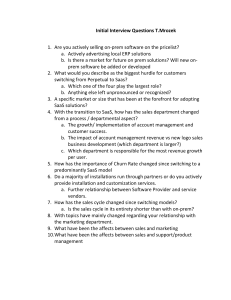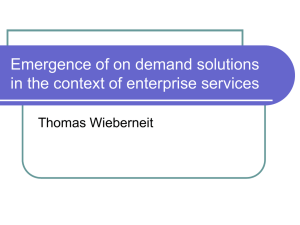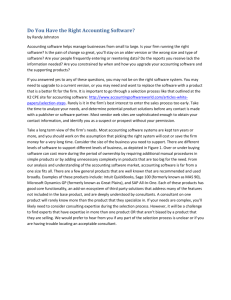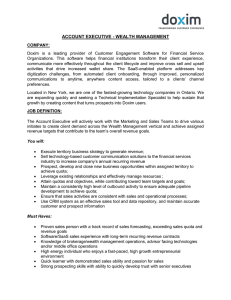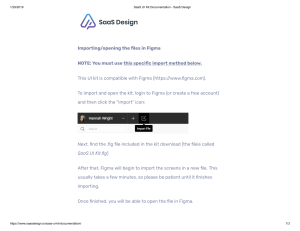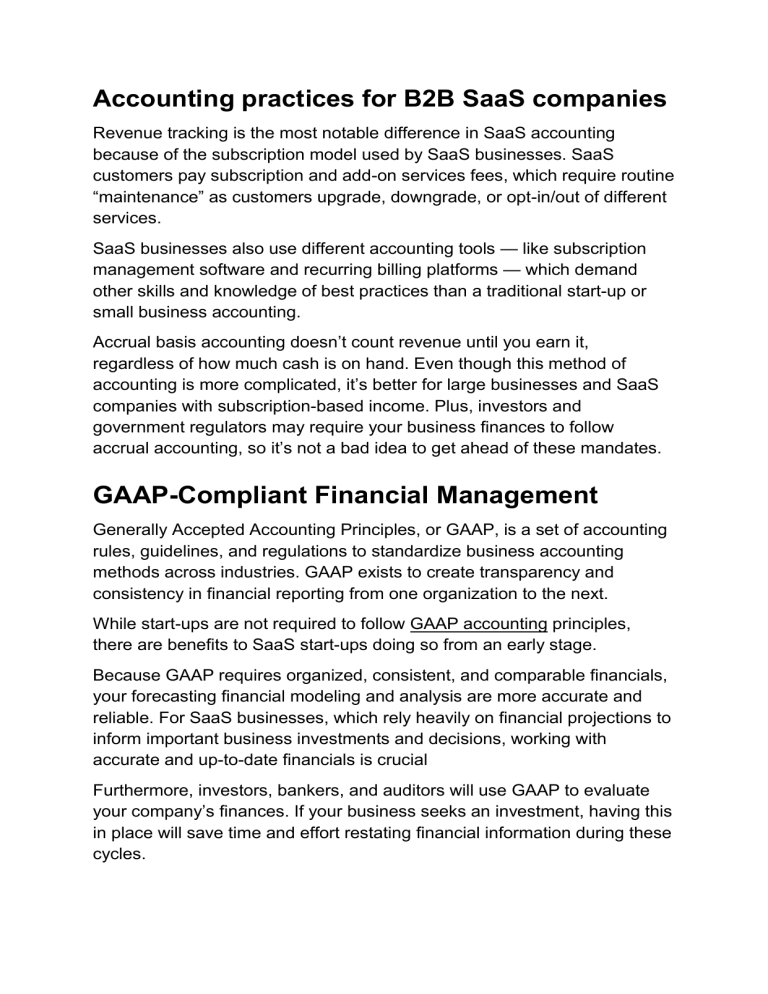
Accounting practices for B2B SaaS companies Revenue tracking is the most notable difference in SaaS accounting because of the subscription model used by SaaS businesses. SaaS customers pay subscription and add-on services fees, which require routine “maintenance” as customers upgrade, downgrade, or opt-in/out of different services. SaaS businesses also use different accounting tools — like subscription management software and recurring billing platforms — which demand other skills and knowledge of best practices than a traditional start-up or small business accounting. Accrual basis accounting doesn’t count revenue until you earn it, regardless of how much cash is on hand. Even though this method of accounting is more complicated, it’s better for large businesses and SaaS companies with subscription-based income. Plus, investors and government regulators may require your business finances to follow accrual accounting, so it’s not a bad idea to get ahead of these mandates. GAAP-Compliant Financial Management Generally Accepted Accounting Principles, or GAAP, is a set of accounting rules, guidelines, and regulations to standardize business accounting methods across industries. GAAP exists to create transparency and consistency in financial reporting from one organization to the next. While start-ups are not required to follow GAAP accounting principles, there are benefits to SaaS start-ups doing so from an early stage. Because GAAP requires organized, consistent, and comparable financials, your forecasting financial modeling and analysis are more accurate and reliable. For SaaS businesses, which rely heavily on financial projections to inform important business investments and decisions, working with accurate and up-to-date financials is crucial Furthermore, investors, bankers, and auditors will use GAAP to evaluate your company’s finances. If your business seeks an investment, having this in place will save time and effort restating financial information during these cycles. Revenue recognition Revenue recognition is the accrual accounting principle that specifies how and when you can record your business’s sales and non-operating income as revenue. It requires businesses to classify pre-payments for services as liabilities called deferred revenue or unearned revenue and only earn the payment and recognize it as revenue once you’ve provided the customer with the service promised. For example, a 1-year subscription. The customer paid upfront, but you don’t count the entire payment as revenue yet; this is cash categorized as deferred or unearned revenue. At the end of each month, after the customer consumes your service, your accountant will apply the portion of cash your business earned during the one-month period from deferred revenue to revenue. MRR & ARR Subscription-based services accumulate recurring revenue, which businesses typically measure with two SaaS metrics: monthly recurring revenue (MRR) and annual recurring revenue (ARR). Both are measurements of your predictable revenue stream over a period of time. Businesses typically calculate their MRR and then multiply that figure by 12 to find their ARR. MRR should reflect: Recurring revenue from all customers Upgrades and downgrades Discounts Customer churn, or lost revenue 6. SaaS KPIs KPIs (key performance indicators) give you the best picture of your company's overall performance. Which key financial metrics you track depend on your business, but there are five types of start-up that all SaaS companies should track: Top of Funnel KPIs Revenue KPIs Unit Economics KPIs Product/Market fit KPIs Financial KPIs Churn rate Churn rate tracks the percentage of clients who stop using your product in each time. It's essential to keep tabs on your churn rate as it helps you understand customer retention and satisfaction rate and whether your marketing and customer service efforts are paying off. Deferred revenue Deferred revenue is also known as unearned revenue. It occurs when clients pay for your product up front and before you deliver services. Since you are yet to fulfill your performance obligations, deferred revenue is treated as a liability. Recognizing deferred revenue before fulfilling your contractual obligations can lead to inaccurate growth forecasts, which, as we know, is terrible for business.
